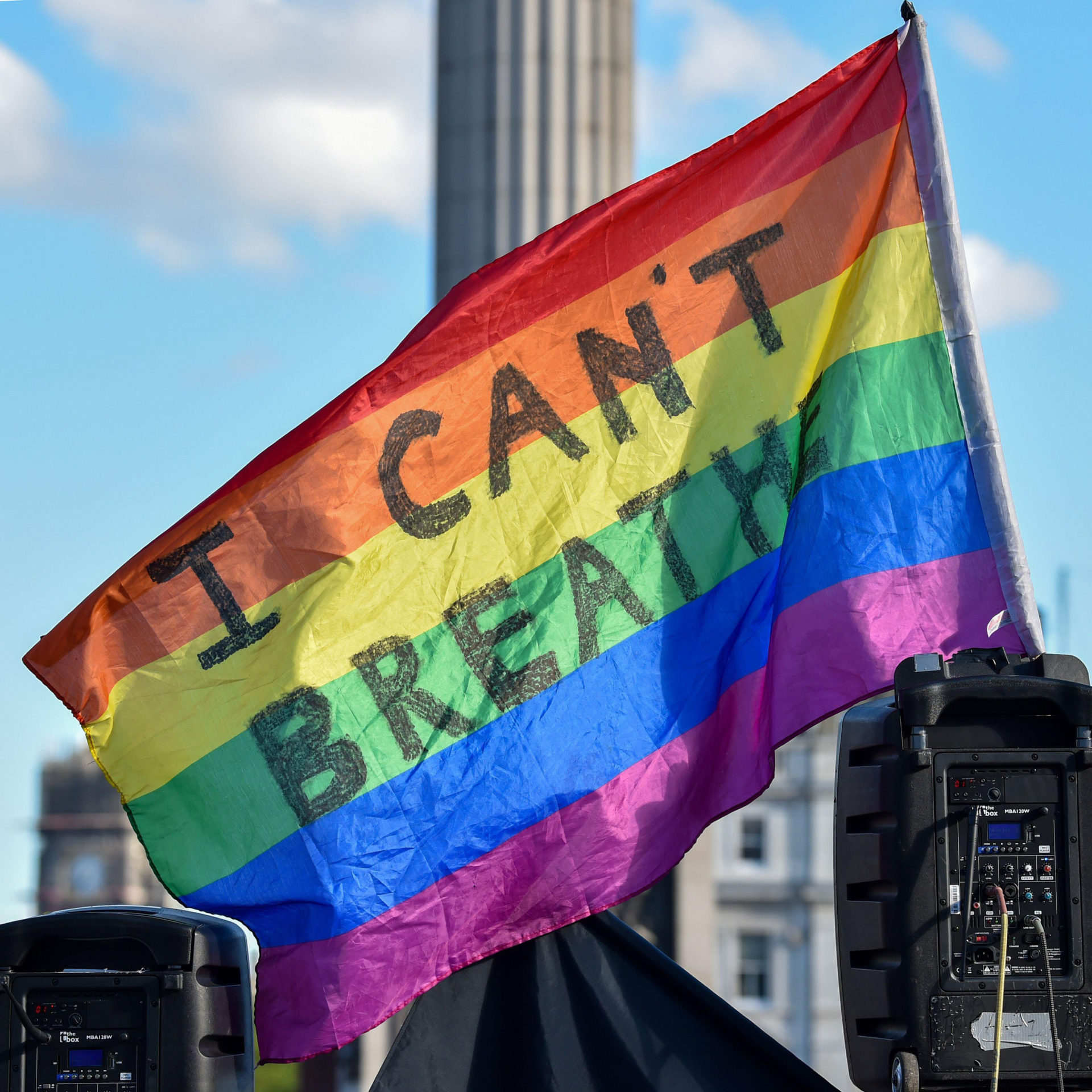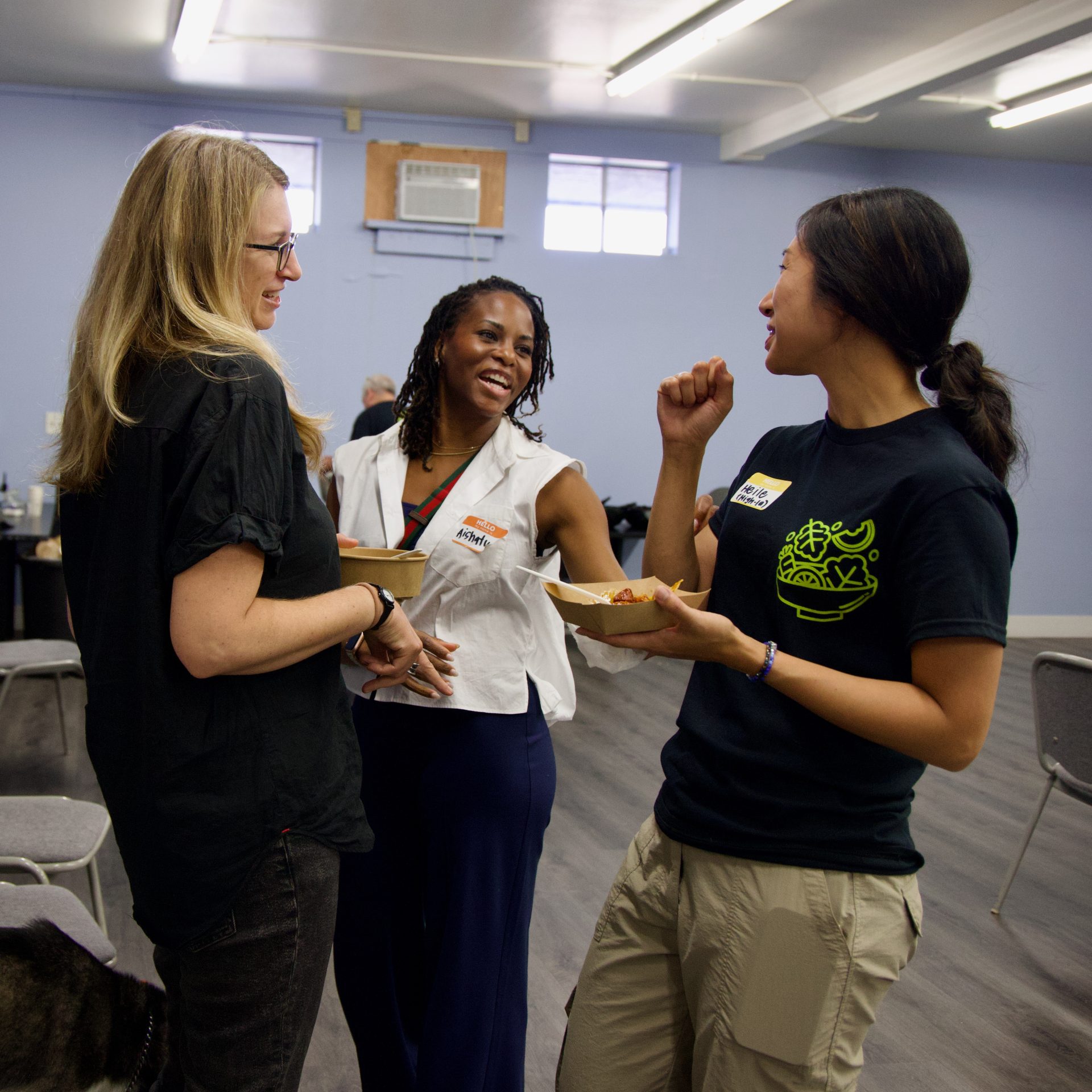What followed the police raid at the Stonewall Inn in June of 1969 is often called a riot. It’s better understood as the catalyzation of the modern movement for LGBTQIA+ liberation through resistance against police harassment and brutality. And that resistance was led by Black and Latinx trans and gay, lesbian, bisexual and other queer people in a community that was, and continues to be, disproportionately targeted and harmed by transphobic, homophobic, and racist criminal law enforcement.
This month of Pride celebrations is a good time to remember that while finding joy is critical to our survival, so is the resistance to our criminalization and the ongoing struggle for our own liberation. Because while things change, they also stay the same.
Today, with all the apparent progress that the LGBTQIA+ community has made in the last 60 years, queer people, and especially queer people of color, continue to be arrested and incarcerated at significantly higher rates than their cisgender, straight counterparts.
Many staff of color at Impact Justice have intimate experiences of being criminalized and targeted within the carceral system because they also belong to the LGBTQIA+ family. For Bry Law, she and her partner, a transgender man, were arrested in Florida after officers pulled the couple over for failing to use a turn signal and could not understand the nuances of the man’s gender identity and expression.
Upon arriving at the booking facility, one officer announced to his colleagues, “this one is just normal,” referring to the woman of the couple. “And she’s one of the transgenders, so I don’t know what you’re going to do with her,” misgendering the man.
Already feeling humiliated, the man was then subjected to a battery of questions about his medical and surgical history. The officers conversed among themselves about where to place him – the gender marker on his ID said female, but he had facial hair and a deep voice, so they expressed discomfort with putting him in either general population. Without ever asking him where he’d feel most safe, they decided it best to place him in an isolation cell.
In addition, what LGBTQIA+ people face in juvenile facilities, jails, and prisons too often is debasing abuse compounded by transphobia, homophobia, and the intersection of racism with the two.
One of the most disturbing and persistent truths about the experience of people who are LGBTI and gender non-conforming in carceral settings is that they’re at significantly higher risk of being sexually abused than those who identify as cisgender and straight. Transgender and gender non-conforming people in particular, in addition to being targeted by law enforcement, arrested and confined at rates much higher than cisgender people, face overwhelming sexual harassment and sexual abuse in confinement. Transphobic assumptions about gender and sexual orientation, and the sexualization of transgender and gender non-conforming people, as well as LGB people, makes them especially vulnerable in whole institutions that control all aspects of a person’s body. In prisons, jails, juvenile facilities, lockups—in all carceral settings—the institutions control who sees the bodies of those confined there; what clothes they wear; their movement; what, where, when and with whom they eat, sleep, and work. This total control of the body makes everyone vulnerable to demeaning and degrading treatment and abuse, but in single-gender environments it is especially precarious for people whose identities challenge cisgender and heterosexual norms that underpin the organization of the institutions.
Terah Lawyer, who as a Black lesbian woman spent 15 years incarcerated in women’s prisons in California, saw and experienced more abuse directed towards the LGBTQIA+ community than any other demographic in a carceral setting. Not only is the prison environment cruel, but it encourages and welcomes discrimination and harassment through policies that are put in place to punish people whose gender identity or sexual orientation doesn’t conform to cisgender or heterosexual norms.
Language in prisons takes a sadistic turn when describing masculine presenting women. Relationships between two women are ridiculed as “homosecting,” and retaliation against those living out-loud and proud is rampant. As a feminine lesbian, one would assume Terah could simply do her time in peace without being subjected to the permeating hate that exists for queer folks. Yet, the reality was that she experienced sexual harassment, sexual assault, and endless bullying from staff members who quickly identified her as a lesbian after watching her visit her former female mate in the visiting room.
Our work to end sexual abuse and sexual harassment in all forms of confinement; our work to divert youth out of punitive systems into restorative ones; our work to help those returning to our communities find safe homes and support—all of these efforts are animated by our commitment to our LGBTQIA+ family.



